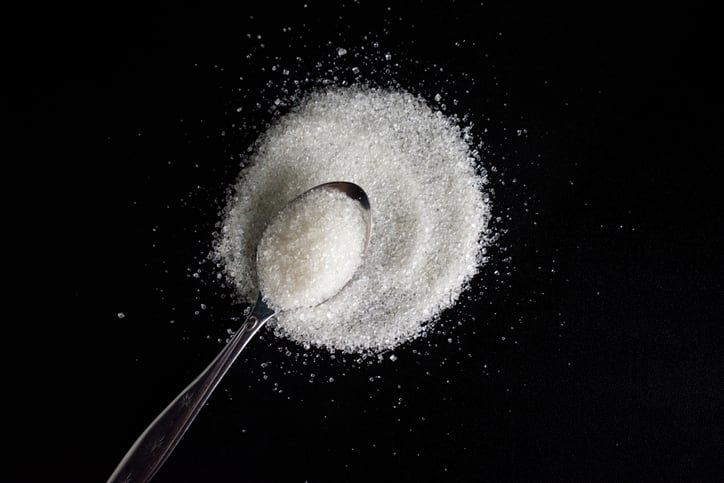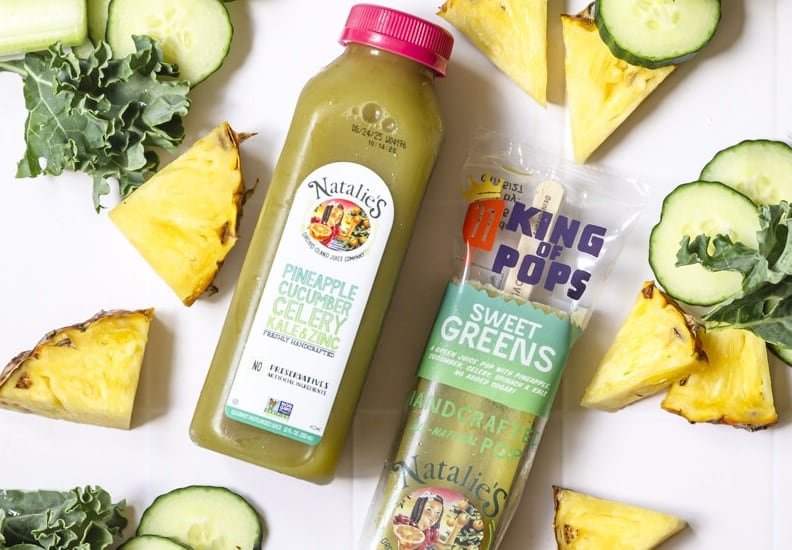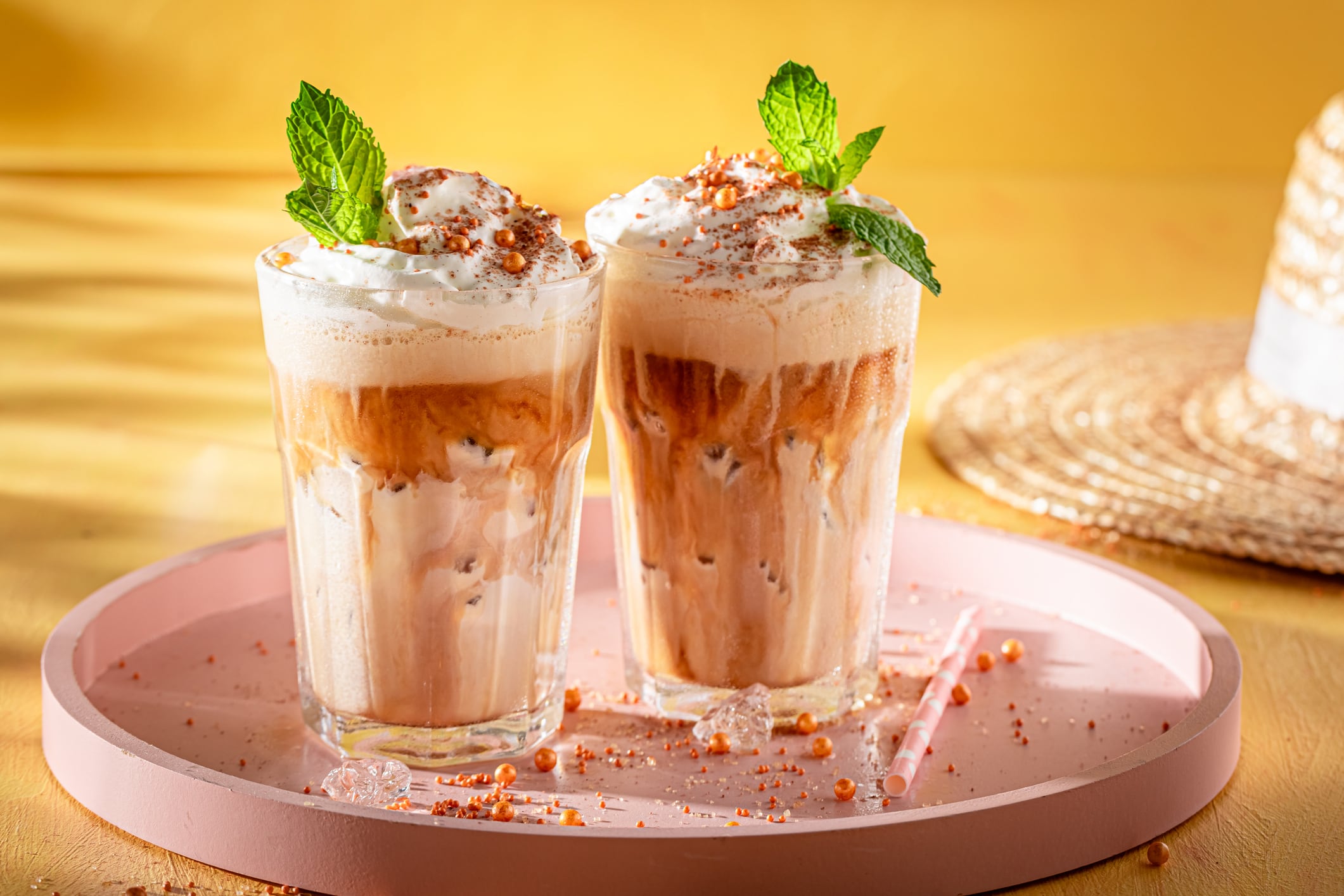The UK Soft Drinks Industry Levy (SDIL) was introduced in 2018 and has generally been considered successful in its goals to reduce sugar intake from sugary drinks and encourage reformulation across the beverage industry.
Consequently, other markets have used it as a model for their own soda tax legislation (France, for example, recently revised its long-standing sugar tax to follow the UK’s design).
Spurred on by success, the UK government is considering extending the scope of the levy to more drinks: lowering the level the tax kicks in at from 5g to 4g sugar per 100ml. And it would remove the exemption for milk-based drinks and their plant-based counterparts.
But how big a difference could this make? Circana crunches the numbers and shares how the UK market could be reshaped.
Reformulation has already reshaped the UK market
The levy led to an estimated drop in sugar consumed by children of almost one teaspoon per day in children and more than two teaspoons per day in adults over the first year, according to a 2024 study. Impact has been maintained in subsequent years.
But what’s been most lauded about the UK sugar tax is the focus on reformulation. The tax was announced in 2016: giving manufacturers two years to consider their portfolio mix. That time allowed them to reformulate their existing products; or introduce new zero or low sugar alternatives.
Circana data shows that, while carbonated soft drink consumption has declined over the last four years, drinks which make a low or no sugar claim have increased market share.
The levy comes in two bands: kicking in at 5g sugar per 100ml for lower sugar drinks and then including a higher band for drinks with 5-8g sugar per 100ml. Up to April 2025, this was set at £1.80 per 10 liters for the lower rate and £2.40 per 10 liters for the upper band (with those under 5g escaping the levy entirely).
In April, the rates were increased for the first time: and will now be revised every year to keep up with inflation and maintain the impact of the policy.
SDIL uprating
As announced at Autumn Budget 2024, to protect its real terms value, the SDIL will now increase each year over the next 5 years to reflect the 27% Consumer Price Index increase between 2018 and 2024 as well as increase in line with the Consumer Price Index each year from 1 April 2025.
Another change is that the rates are now adjusted to apply per 10 litres so that rate changes can be made in smaller increments, in order to reflect the Consumer Price Index more precisely.
Rates will be increased on 1 April each year, with the new rate announced in the preceeding autumn budget.
These rates are now £1.94 per 10 liters for the lower band and £2.59 per 10 liters for the upper band (representing a 7.9% increase).
And consumers will feel this, says Alex Lawrence, senior strategic insight director, Circana. “Manufacturers will pass on the SDIL increase, margins are too tight to simply absorb.”
Change is coming
Given the potential of driving further sugar reduction, Lawrence believes it’s highly likely that the sugar tax will be expanded to drinks with less sugar.
Why? Because of the success of the sugar tax in driving reformulation to date, a lot of sugar consumption is now within this 4-5g band. And so to drive further sugar reduction, it’s an obvious target.
Many drinks reformulated to escape the levy: but those reformulation efforts naturally focused on bringing drinks’ sugar content in at just below the 5g threshold: escaping the sugar tax but minimizing the change needed in order to do so.
That means an incredible 30% of sugar consumption from soft drinks now comes from drinks in this zone: making it a prime target for policy makers.
And, in turn, many brands would be vulnerable: Circana data estimates that 17% of carbonated drink volume sits in this 4-5g band and would be impacted by a potential levy change.
At a glance: UK Soft Drinks Industry Levy (SDIL) proposed changes:
• Reduce the minimum sugar content at which the SDIL applies from 5g to 4g per 100ml
• Remove the exemption for milk-based drinks whilst introducing a ‘lactose allowance’ to account for the natural sugars in dairy
• Remove the exemption for milk substitute drinks with ‘added sugars’ beyond those sugars derived from the principal ingredient, such as oats or rice
Impact on small businesses
For the government, it makes a lot of sense to target the 4g-5g zone. For brands, however – who put a lot of effort into reformulating ahead of the 2018 SDIL rules – the change moves the goalposts.
Yes, targeting the 4g-5g zone could have a big impact on sugar: but it could also have a big impact on businesses.
“The financial hit of the proposed change to the SDIL would be severe,” Gavin Partington, director general of the British Soft Drinks Association (BSDA), told us.
The changes to the sugar tax would undermine years of investment in reformulation already made; but also affect “the vitality of many SMEs in our sector, who are already wrestling with soaring input costs, among other things.”
There is the danger, therefore, that smaller drinks brands – less capable to absorb the costs of reformulation, admin or reduced sales if consumers turn away from more expensive products – would be disproportionately affected by the levy shake-up.
Impact on dairy drinks
Milk-based drinks have been exempt from the UK sugar tax since 2016, providing they contain at least 75ml milk per 100ml. That was because the government wanted to avoid disincentivizing calcium consumption: particularly among children.
But that exemption could now be removed: and sugary dairy drinks and RTD coffee will no longer get a free pass. That could also have a ‘huge impact’: with the majority of dairy drinks affected (The average dairy-based drink has 7.22g sugar per 100ml).
However, a lactose allowance will make a big difference as to how many dairy beverages fall into the tax and under which band. This allowance would take the natural sugars in the milk component of these drinks into account.
Exactly what that allowance would look like is yet to be determined: and has formed part of the government’s consultation into the revised levy.
“It isn’t possible to predict the impact [of a revised sugar tax] because much will depend on how the allowance for lactose is factored in,” said Lawrence.
“If many brands fall below the threshold because they are high in lactose produced in process, then the impact maybe small.
“Having said that, there is very large chunk of volume at high sugar content that falls foul of the lower threshold, so unless the lactose accounts for bulk of the sugar in these brands some of them will be affected.”
Meanwhile, the proposals also suggest plant-based drinks (currently exempt to ensure parity to milk-based drinks, providing they contain at least 120mg of calcium per 100ml) are included in the levy.
But the impact here would be limited: only around 9% of volumes are likely to affected.
To reformulate or not to reformulate, that is the question
A consultation into the levy changes closed last month. As the government plots its next move, manufacturers are already having to think about how they might respond.
Ultimately, there will be three main paths they can take, said Lawrence.
“We will see more new, zero sugar variants; we will see new reduced sugar variants which are reformulated to get below the threshold; and we will see brands maintain their formulation and increase their prices on existing lines which are hit by the legislation,” he said.
Whichever method they choose, a sugar shake-up could well be on the way.



